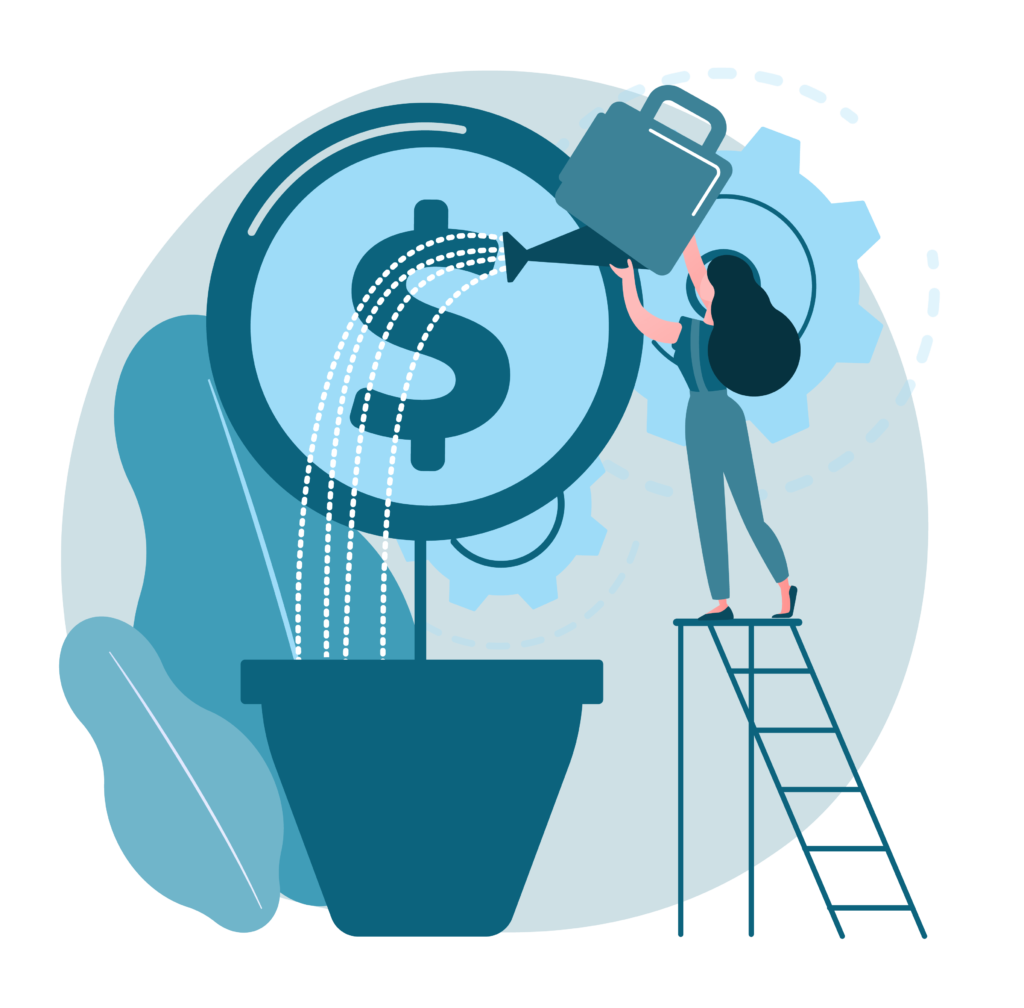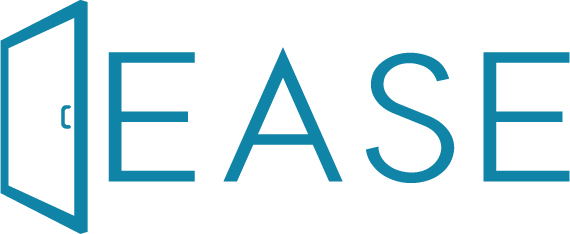
Understanding Fractional CFO Services
In today’s competitive landscape, effective financial leadership is essential for businesses of all sizes. However, the significant cost of hiring a full-time Chief Financial Officer

Looking for ways to improve cash flow? The ultimate marker of health for your business isn’t sales, revenue, or even cash in the bank – its cash flow. Cash flow is king.
So, if you want to take your business’ temperature, look at your cash flow and figure out how to improve it.
If your business is always in a cash pinch, you’re always chasing down clients to beg for payments, and you stay awake at night worrying about your payables, you most likely have a cash flow problem.
It’s difficult to know how you could be doing things any differently to improve your cash position. No matter the state of your business it’s important that this is something you’re managing well. Cash flow problems can strike even very profitable businesses.
Cash flow is the inflow and outflow of cash through your organization. This is not the same as revenue and expenses. Generally Accepted Accounting Principles (GAAP) state that sales must be recorded as they happen, and not necessarily when you get the cash.
Therefore it is possible to have thousands of dollars recorded in revenue, without a dollar of cash in the bank to back it up. While things may look great on paper, you could be sitting with a big cash flow problem.
Same with expenses. Expenses are recorded as they happen, and not necessarily when the cash is paid. There are also some expenses, like depreciation, that are never paid in cash at all.
Because of these differences, a cash flow statement is a very useful business tool. It looks very different at the end of the period than the income statement. It can help you understand your cash position and figure out how to improve cash flow.

A business’ cash flows come from three main sources: operating, investing, and financing.
This is the cash that comes from the business’ main operations. This is usually sales, but could be rental income, recurring subscriptions, or other forms of income. This is usually the largest cash flow source. Operational cash flow (OCF) tells you how good your business is at generating cash from its core business activities.
If your business has extra cash that you invested in something else outside of your operations, this is investment cash flow. Examples of investment cash flow might be extra rental income from a tenant in your building or interest income from cash in a money market account.
Cash from financing is an outside infusion of cash into your business. The most common financing cash flows are either equity from investors or a bank loan.

There are three main pillars to improving cash flow: bringing in more cash, keeping more of it, and managing it better. This may seem obvious, but there are some concrete strategies based on each pillar.
If you’re short of cash in your business, you’re probably thinking, yeah, no kidding.
There are a couple different things that you can do to bring in more cash.
This means reducing expenses. Find new suppliers if possible, or pool your purchases with related businesses to get a better wholesale cost. Negotiate early settlement discounts or bulk purchase pricing with your suppliers.
You can also consider leasing equipment or buildings instead of buying. The full cost of leasing may be more expensive than buying, but it may result in a lower monthly payment. This can give you some short-term relief.
Finally, it’s important to build up a cash reserve. If you can keep three months of cash, you will have enough to cover most emergencies. This way, you won’t have to scramble for financing when life, or bad economies, happen.
Businesses that keep a cash reserve are the ones who survive tough times while others, starved of cash, sink. If you can, it’s smart to also open a business line of credit. This gives you an additional cushion.
You have the cash coming in, and you’ve built up a reserve. Now it’s time to manage it. This is the part that online accounting and bookkeeping services can help with. Long-range planning is what takes a business owner from survival to thriving.
Look ahead beyond the current month’s income and expenses. What is coming in the next month? In the next quarter? Maybe it’s the off season, and sales will decrease. Maybe you’ve received a notice that supply costs will be increasing. Of course, no one can completely foresee the future, but the more you can plan for, the less stressed you will be when the inevitable happens.
Finally, it’s important to plan how you use your cash. Just because you have the cash on hand, doesn’t mean you need to pay cash for a major expenditure. It may actually be smarter to finance some purchases to have the cash on hand for something else that requires cash.
At Ease Support we provide you with the best back office support so that you can be confident in your numbers and have the resources to manage and improve your cash flow.
Contact us today to schedule an appointment.
Strong cash flow is a mixture of good planning and good timing. Plan ahead for cash shortfalls, and time your cash in and out-flows carefully. Get the cash in soon, and send it out as late as you can.
The three cash sources are operating cash, investing cash, and financing cash.
If you’re in a tight spot with cash, it can be a hard place to get out of. It can mean hard times while you get out of a pinch, but if your business is otherwise strong, it can be done. Renegotiate terms. Increase revenue whenever you can. Watch your margins. And once you’re out of a tight spot, build up a line of credit and cash reserves so you’ll be better off next time.
Cash flow is the lifeblood of every business. If your cash flow is bad, your business is dying – and that can be hard to turn around. If you need financing, lenders may look at your poor cash flow and decide you’re too big a risk – even if you need the cash infusion to survive. And if you are tied into vendor contracts that don’t allow for negotiation, you may not have any margin to change your expenses or payment terms.

In today’s competitive landscape, effective financial leadership is essential for businesses of all sizes. However, the significant cost of hiring a full-time Chief Financial Officer

In today’s fast-paced business world, getting your finances in order is key. From small startups to established businesses, everyone’s looking for ways to make their

Businesses frequently use outsourcing as a way to increase efficiency, save costs, and simplify operations in today’s international market. Offshore and back-office outsourcing are two

1048 Irvine Ave #728
Newport Beach